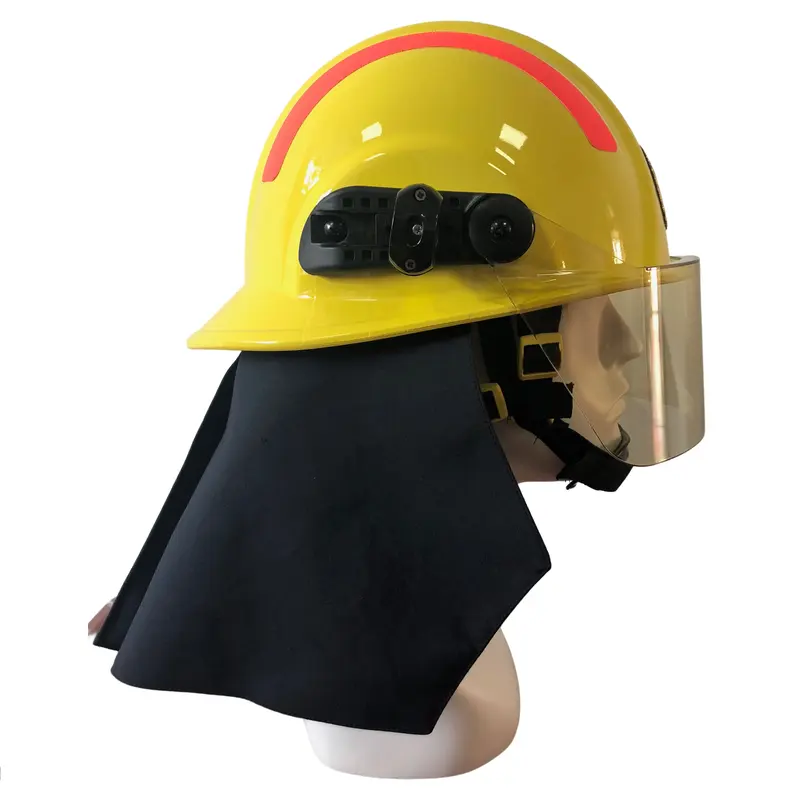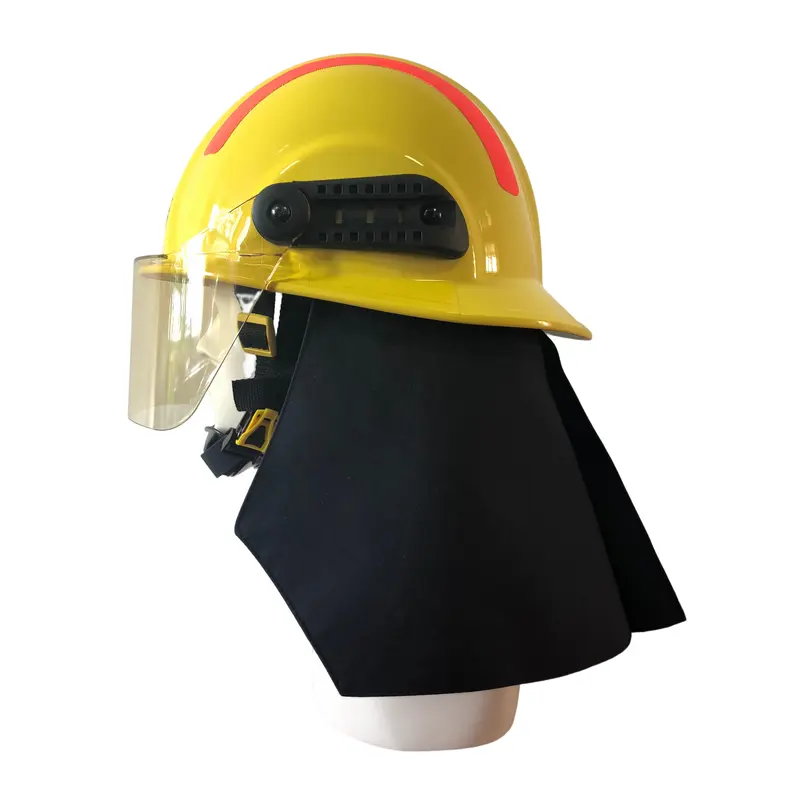“Flames and Protection: The Evolution of Fire Helmets”
The evolution of fire helmets is a testament to the relentless pursuit of firefighter safety and effectiveness in the face of flames and extreme heat. Here’s a journey through the development and transformation of fire helmets:
- Early Head Coverings: In the early days of firefighting, head protection was rudimentary, consisting of leather or felt hats. These provided minimal protection against heat and falling debris.
- Leather Helmets: The 18th and 19th centuries saw the introduction of leather helmets, often with a front shield to guard against water and heat. While an improvement, these helmets had limited impact resistance.
- Cairns’ Contribution: In the late 19th century, Henry T. Gratacap and John T. Simpson introduced metal helmets. But it was Dr. James B. Cairns who made significant contributions to the design. His “modern” Cairns helmet, introduced in the early 20th century, featured a reinforced brim and suspension system.
- Materials Evolution: The mid-20th century saw advancements in materials, with the transition from leather to more durable thermoplastic and composite materials. These materials enhanced the helmets’ heat resistance and impact absorption capabilities.
- Eye and Face Protection: To shield firefighters’ eyes from smoke, embers, and debris, modern helmets began incorporating face shields and goggles. These features improved overall safety and visibility during firefighting operations.
- Radiant Heat Shields: Radiant heat shields, typically made of reflective materials, were added to some helmets to protect the neck and ears from intense radiant heat generated by fires.
- Adjustable Suspension Systems: Contemporary fire helmets feature adjustable suspension systems, providing a snug and secure fit for firefighters. This minimizes the risk of helmets dislodging during strenuous firefighting activities.
- Customization and Identification: Fire helmets often have space for personalized markings, enabling easy identification of individual firefighters, their department, rank, and other pertinent information.
- Reflective Trim: Reflective trim on the helmet improves visibility in low-light conditions, assisting team members in locating each other during firefighting incidents.
- Safety Standards: Fire helmets are designed and manufactured to meet established safety standards, ensuring their efficacy in safeguarding firefighters in extreme conditions.
- Helmet Accountability: Fire departments commonly use helmet color codes or numbering systems to indicate the roles and positions of firefighters during firefighting operations. This system enhances accountability and team coordination.
- Integrated Lighting: Some fire helmets now feature integrated lighting systems, enhancing visibility in smoke-filled environments or low-light conditions, further improving overall safety.
The evolution of fire helmets showcases the commitment to advancing firefighter safety. These helmets have come a long way from their humble beginnings and are now indispensable for protecting firefighters from the ravages of flames and extreme heat. Through constant innovation and adherence to safety standards, fire helmets continue to be a firefighter’s best ally in the relentless battle against fires.


